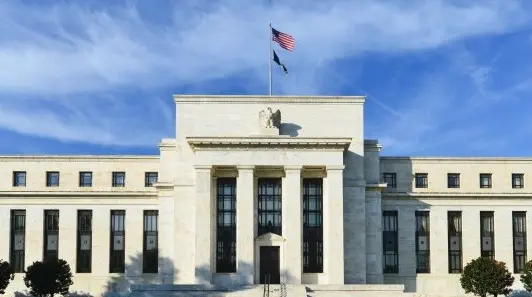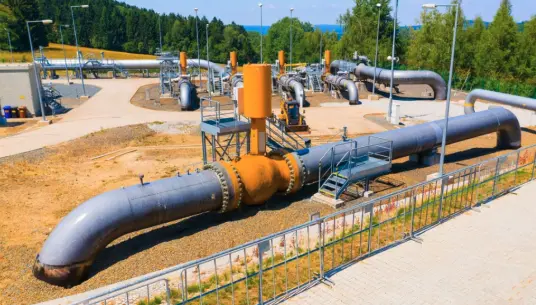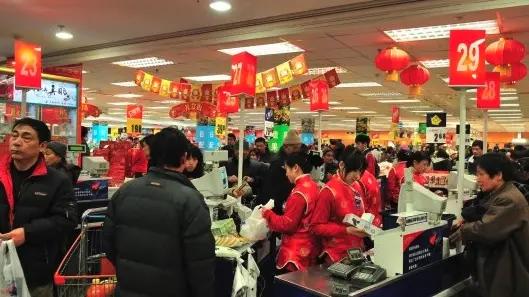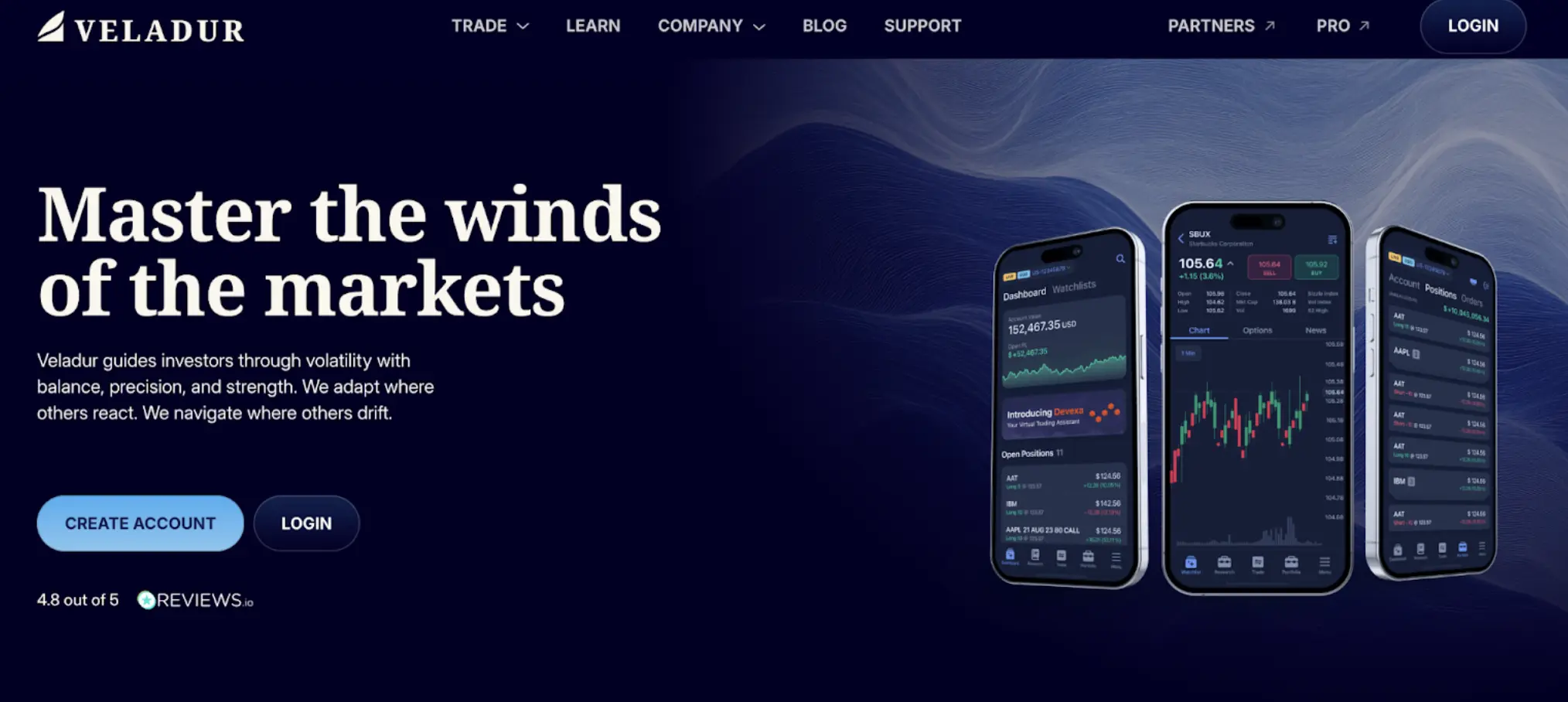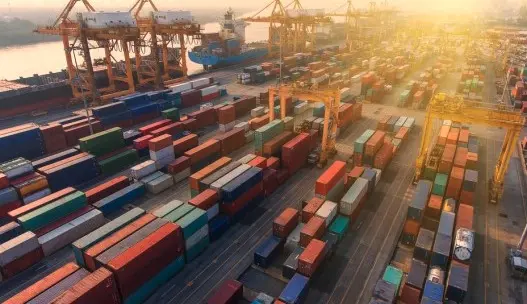Energy- oil price cap talks
The oil market came under further pressure yet again yesterday. ICE Brent settled more than 3.3% lower on the day to close just above US$85/bbl. The key catalyst for this move was a report that EU members were looking at setting the price cap on Russian crude oil at somewhere between US$65-70/bbl. This is above previous reports of around US$60/bbl. Importantly, this is also around price levels that Russia was already receiving, given the discount with which Urals trade to Brent. Therefore, if we do see the cap set within this range, it would be less likely that Russia reduces supply as a result. At this level, the cap would achieve one of the two objectives - it would likely keep Russian oil flowing. As for the other objective of trying to cap Russian oil revenues, some may question how aggressive this level actually is. EU members failed to agree yesterday on the cap level, and we expect discussions to continue today.
Weekly EIA data shows that US commercial crude oil inventories fell by 3.69MMbbls over the last week. However, when taking into account SPR releases of around 1.6MMbbls, total US crude oil inventories fell by 5.29MMbbls over the week. This crude draw occurred despite crude oil imports increasing by around 1.5MMbbls/d over the week, hitting their highest levels since the end of July. A pick-up in refinery activity would have helped with the crude draw. Higher refinery runs over the week, along with weaker implied demand for products meant that large builds were seen on the refined product side. Gasoline inventories increased by 3.1MMbbls, while distillate fuel oil stocks grew by 1.72MMbbls.
Metals – China Covid concerns weigh on metals
LME aluminium and other major metals, traded lower yesterday as returning lockdowns and covid-related restrictions in China (just weeks after some restrictions were eased) dashed hopes for a demand revival in metals. The latest reports suggest that the ongoing virus controls are affecting operating rates at aluminium fabricators in Guangdong province. Aluminium rod inventories are building up, and demand in the copper market is also softening.
Agriculture – Ukrainian wheat exports
The Ukrainian grain traders union expects Ukraine to export 13mt of wheat and 20mt of corn in the 2022/23 season. This compares to wheat and corn exports of around 19mt and 27mt respectively in the previous season. The most recent data shows that Ukraine has exported around 6.3mt of wheat so far in the current season, compared to exports of 14mt during the same period in 2021/2022.



